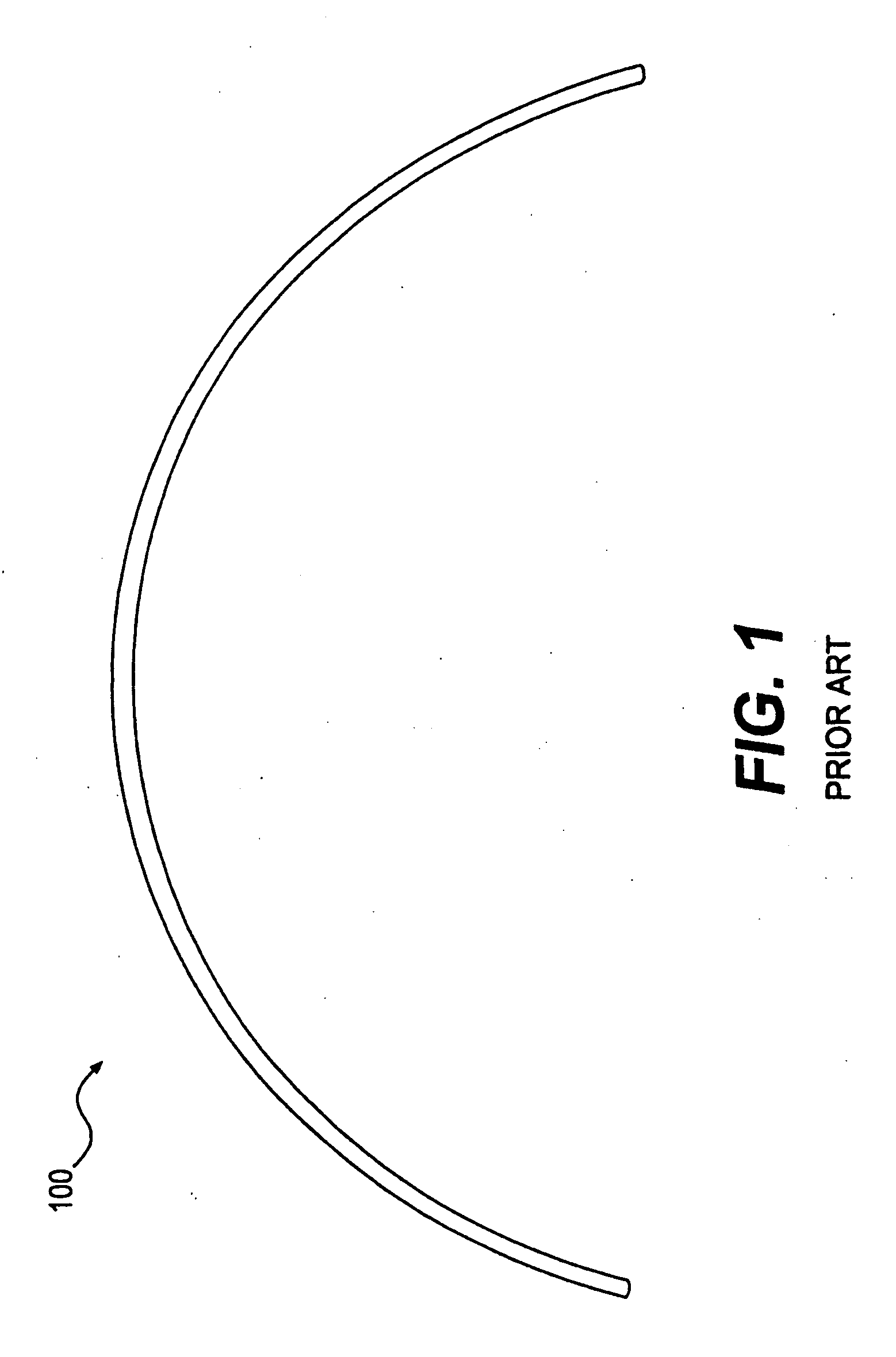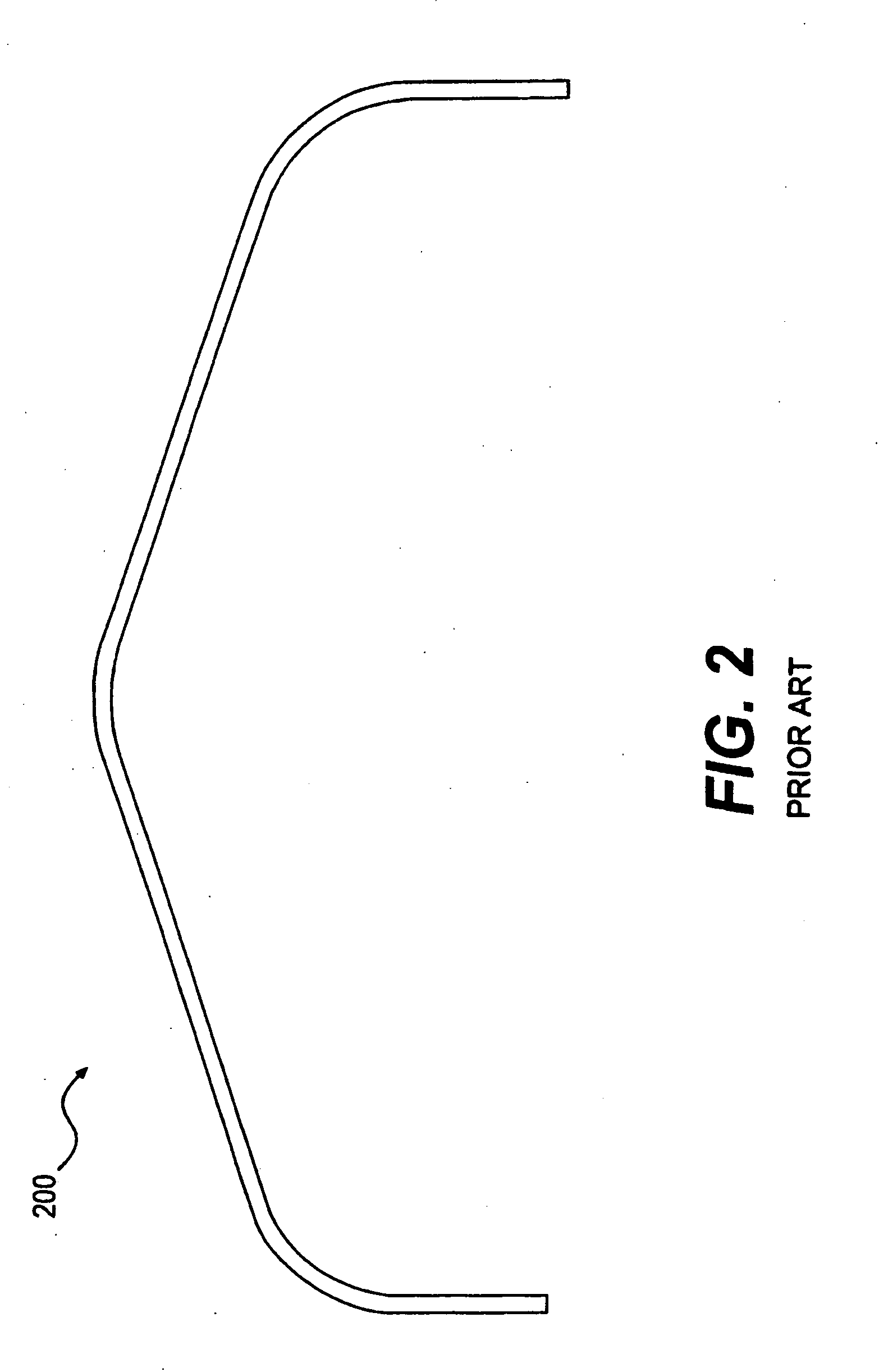Building panel and panel crimping machine
- Summary
- Abstract
- Description
- Claims
- Application Information
AI Technical Summary
Benefits of technology
Problems solved by technology
Method used
Image
Examples
Embodiment Construction
[0039]Referring to FIG. 9, there is shown a building panel 900 formed from a single roll of ASTM standard A-653 steel sheet metal having a thickness ranging from about 24 gauge to 16 gauge. It shall be understood that the panel 900 may be formed of numerous gauges and other materials, such as aluminum or plastic as long as the material has the desired engineering requirements and provides the necessary structural integrity. The panel 900 comprises a central portion 902, from the ends of which extend a pair of outwardly diverging inclined side wall portions 904, 906. The panel 900 also comprises two wing portions 908, 910, which extend from the outer ends of the inclined side wall portions 904, 906, respectively. It may also be preferable to include notches 912, 914 within the wing portions 908, 910 to increase the stiffness of those portions. Similarly, although they are not illustrated in FIG. 9, it may be preferable to include a notch stiffener within each of the inclined side wal...
PUM
| Property | Measurement | Unit |
|---|---|---|
| Size | aaaaa | aaaaa |
| Shape | aaaaa | aaaaa |
| Strength | aaaaa | aaaaa |
Abstract
Description
Claims
Application Information
 Login to View More
Login to View More - R&D
- Intellectual Property
- Life Sciences
- Materials
- Tech Scout
- Unparalleled Data Quality
- Higher Quality Content
- 60% Fewer Hallucinations
Browse by: Latest US Patents, China's latest patents, Technical Efficacy Thesaurus, Application Domain, Technology Topic, Popular Technical Reports.
© 2025 PatSnap. All rights reserved.Legal|Privacy policy|Modern Slavery Act Transparency Statement|Sitemap|About US| Contact US: help@patsnap.com



